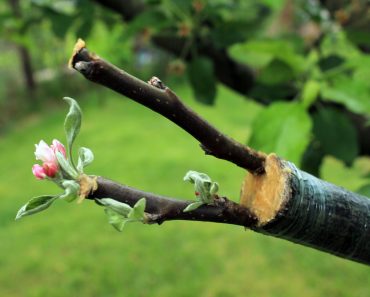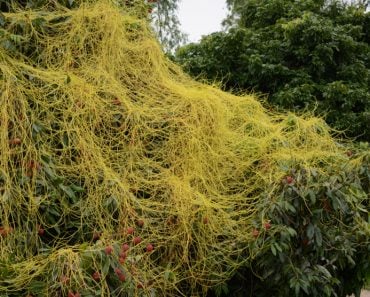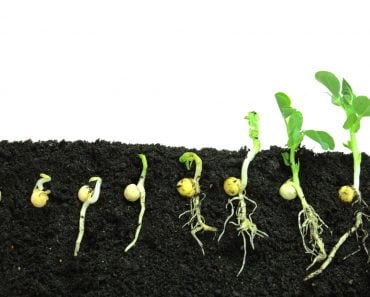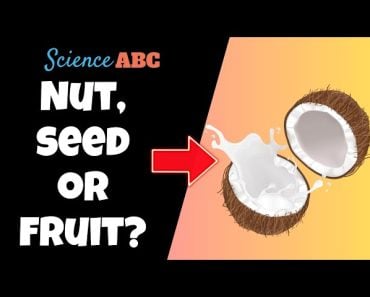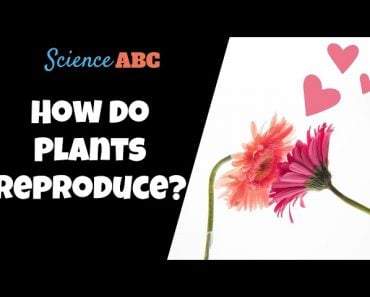Table of Contents (click to expand)
A seedless grape is a grape that has had its seeds removed. The seeds are removed by a process of cloning. A cutting from a vine that is infected with the genetic defect that causes it to grow seedless grapes is dipped into a rooting hormone and planted in soil. The new vine is an exact duplicate or clone of the original vine.
Slumped in their thrones, being fanned by two comely damsels, kings used to eat grapes by plucking them from a dense, glowing bunch. Their life was lavish and peaceful, but several grapes had seeds, which might lead a king to choke, and thus result in the fall of an entire empire.
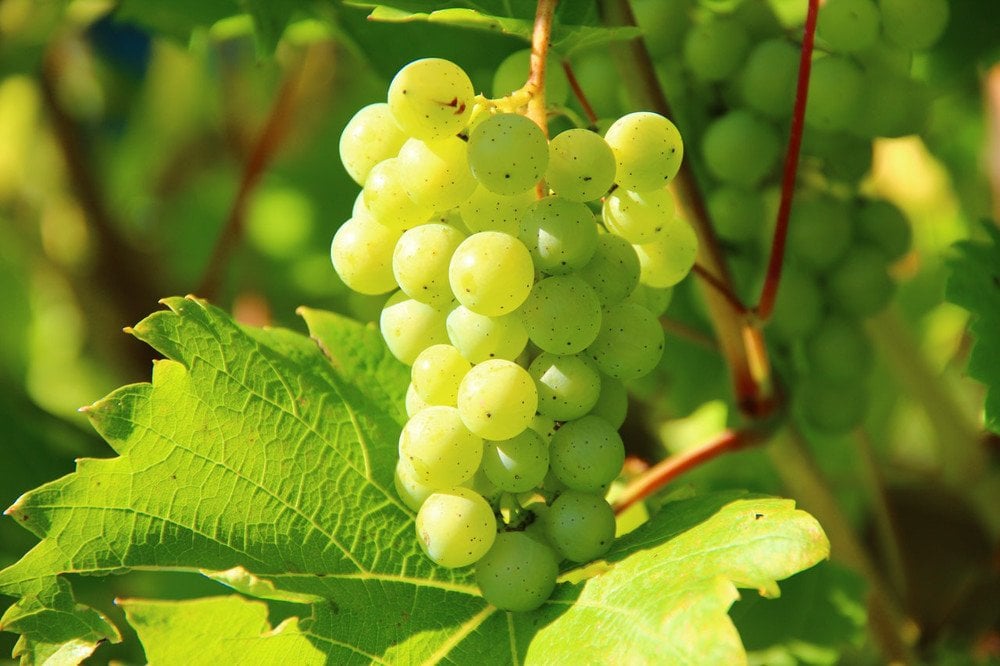
So, yes, seedless grapes have truly redefined our understanding of convenience and genetics. However, “seedless grapes” or “seedless fruits” are two words that contradict each other – how can a “sterile” plant exist, since it cannot reproduce any further? How can it exist since procreation is the entire purpose of its biological existence?
Recommended Video for you:
The Contradiction
Such a plant is sterile because fruits are nothing more than mature ovaries protecting embryos — the seeds. A seed actually starts out as an ovule, which eventually undergoes pollination — it is fertilized with a sperm to form an embryo or zygote. As this zygote gradually develops into a seed, the ovary ripens and matures and its walls either turn fleshy (berries or drupes) or transform into a hard shell (nuts).
Thus, a flower transforms into a fruit when the ovary becomes a fruit and the ovule growing inside it becomes a seed. The plant then sustains the species as agents like wind, water or animals help disseminate the seeds at a distance from its parent. For instance, animals consume the fruit and defecate the seeds, thereby proliferating them and providing them with a nutritious environment to grow in, simultaneously.
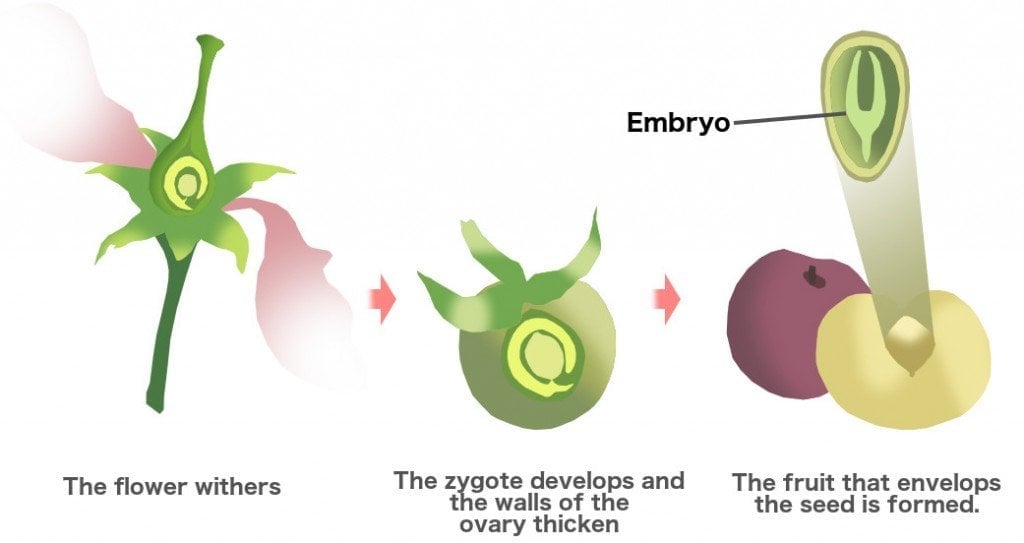
A seedless fruit would, therefore, mean the end of its plant’s generation. It is incapable of bearing any children. Yet, there are plants that often grow seedless fruits, but nature would never permit the birth of such a plant knowingly. These fruits are actually products of unfortunate mutations, their sterility is essentially a genetic defect. However, it is a fortuitous defect because they are more convenient to consume. Now, how can we sustain the continuation of this anomalous species? Quite simply, by opting for an alternative method of reproduction – cloning.
Clones
The process of producing fruits without the fertilization of any seeds, which renders them seedless, is known as parthenocarpy. Seedless grapes are grown from cuttings. The cuttings refer to amputated parts of a vine that is infected with the genetic defect that causes it to grow seedless grapes.

This cutting is then dipped into a rooting hormone and planted in soil. Showered with moisture, the cutting proceeds to grow like any other grapevine, except that its grapes, like its parent’s, are seedless. The new vine is an exact duplicate or clone of the original vine! This compels us to ask which was the first or the original seedless grape to be cloned?
This manner of growing seedless grapes has been utilized since the Roman empire’s reign. Perhaps someone discovered a seedless grape and realized that he could exploit the genetic defect to earn a buck. In fact, the seedless clones grown today are descendants of the same seedless grape that the guy discovered centuries ago.
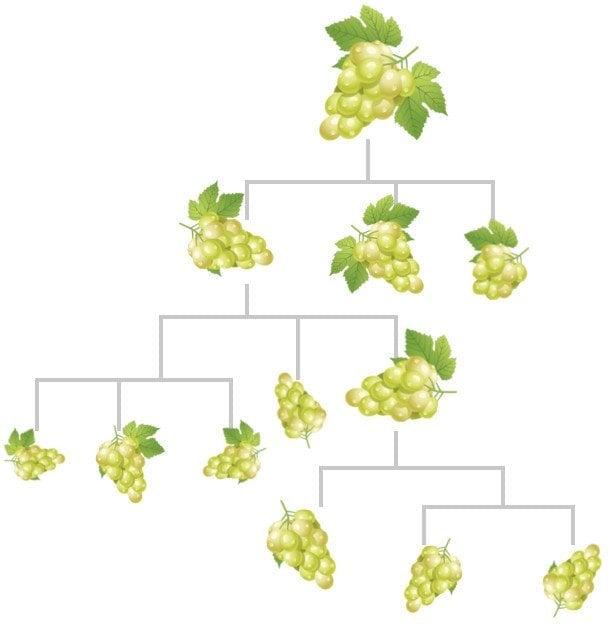
Lastly, seedless grapes aren’t truly seedless. The grapes technically do grow with seeds; the defect merely arrests their development. It prevents the seeds from growing a hard outer coating that we find on normal seeds. If it wasn’t for that guy, however, we would still be hastily searching for a bowl to spit the seeds. The inconvenience!



